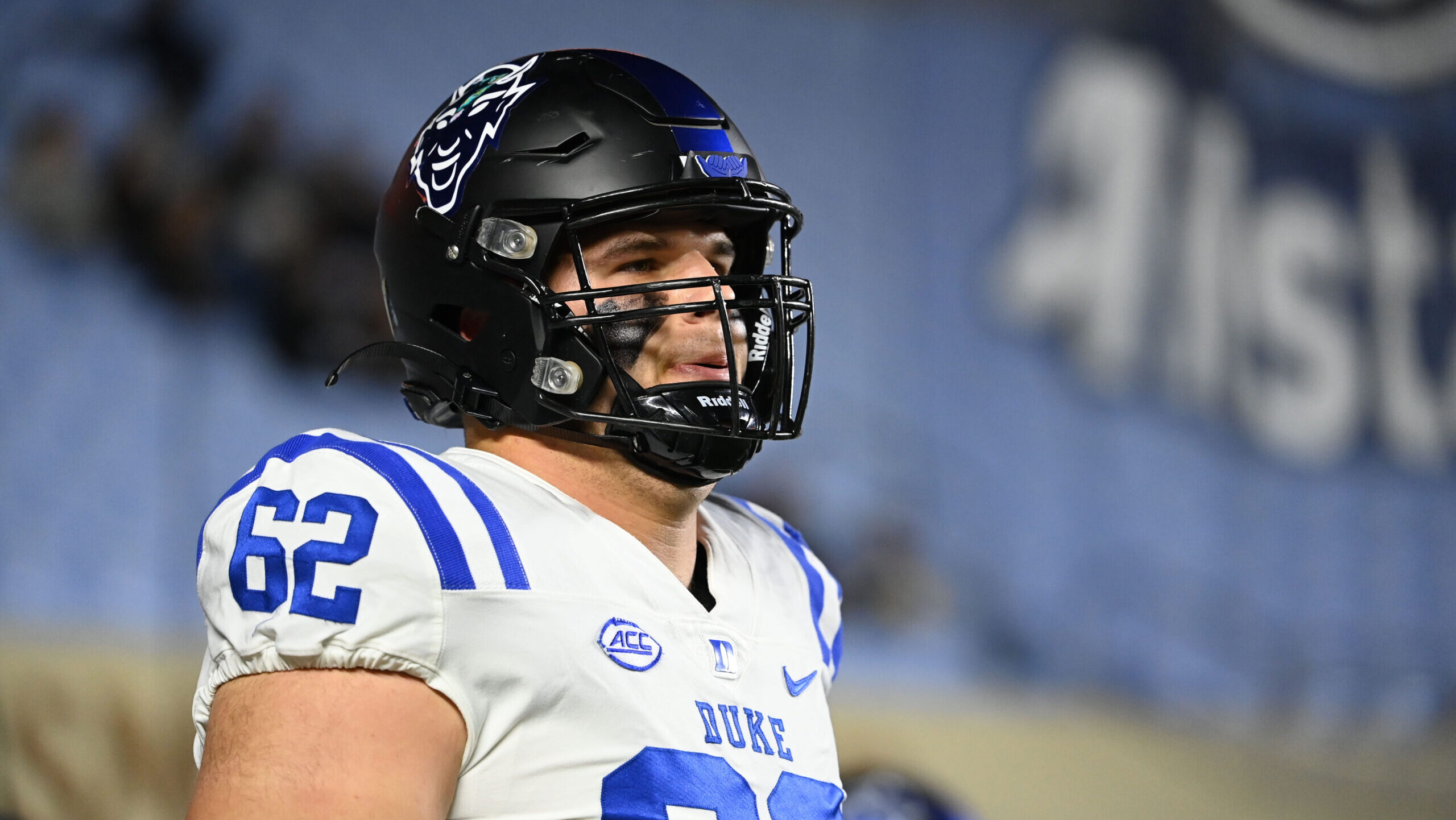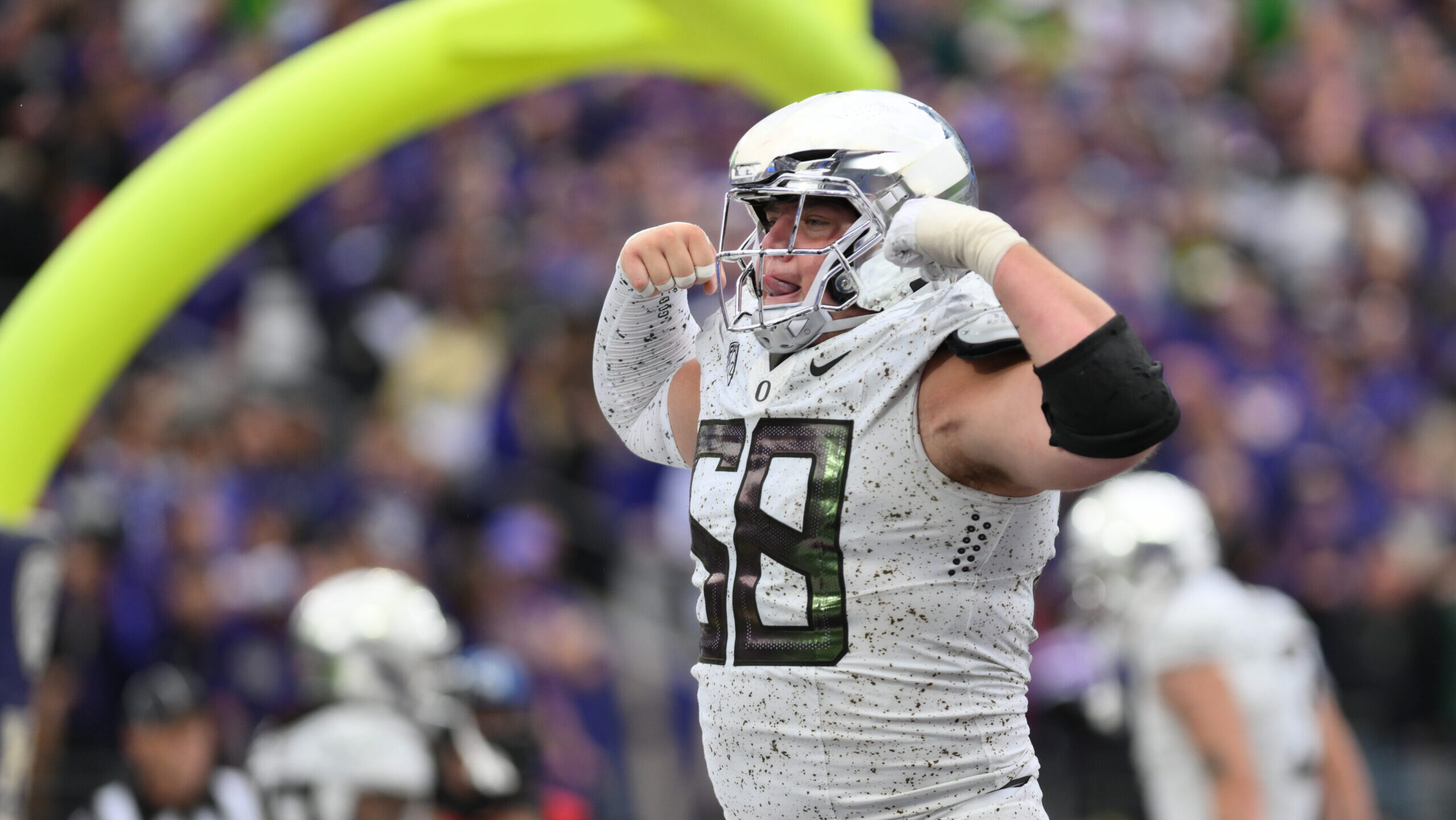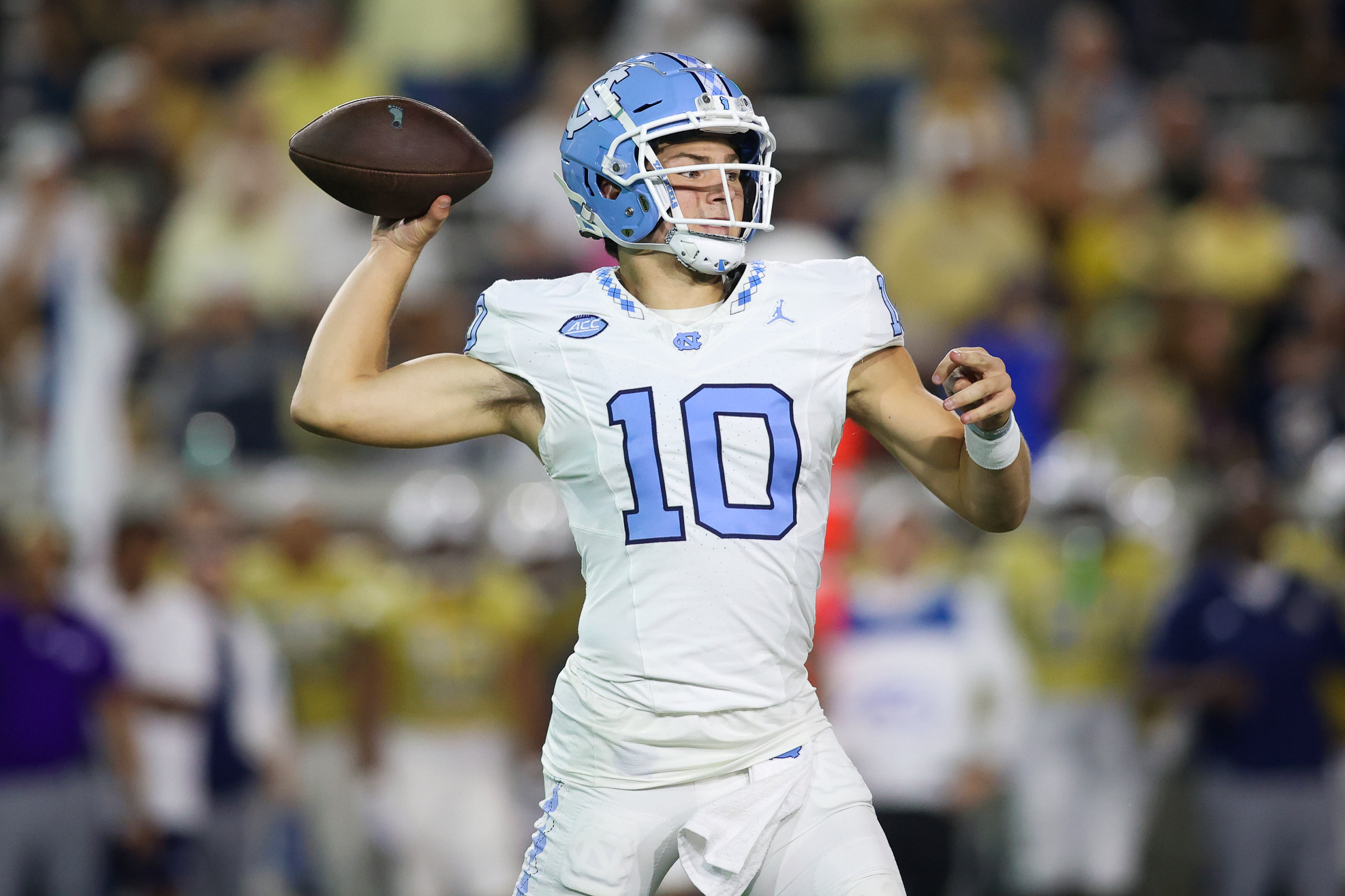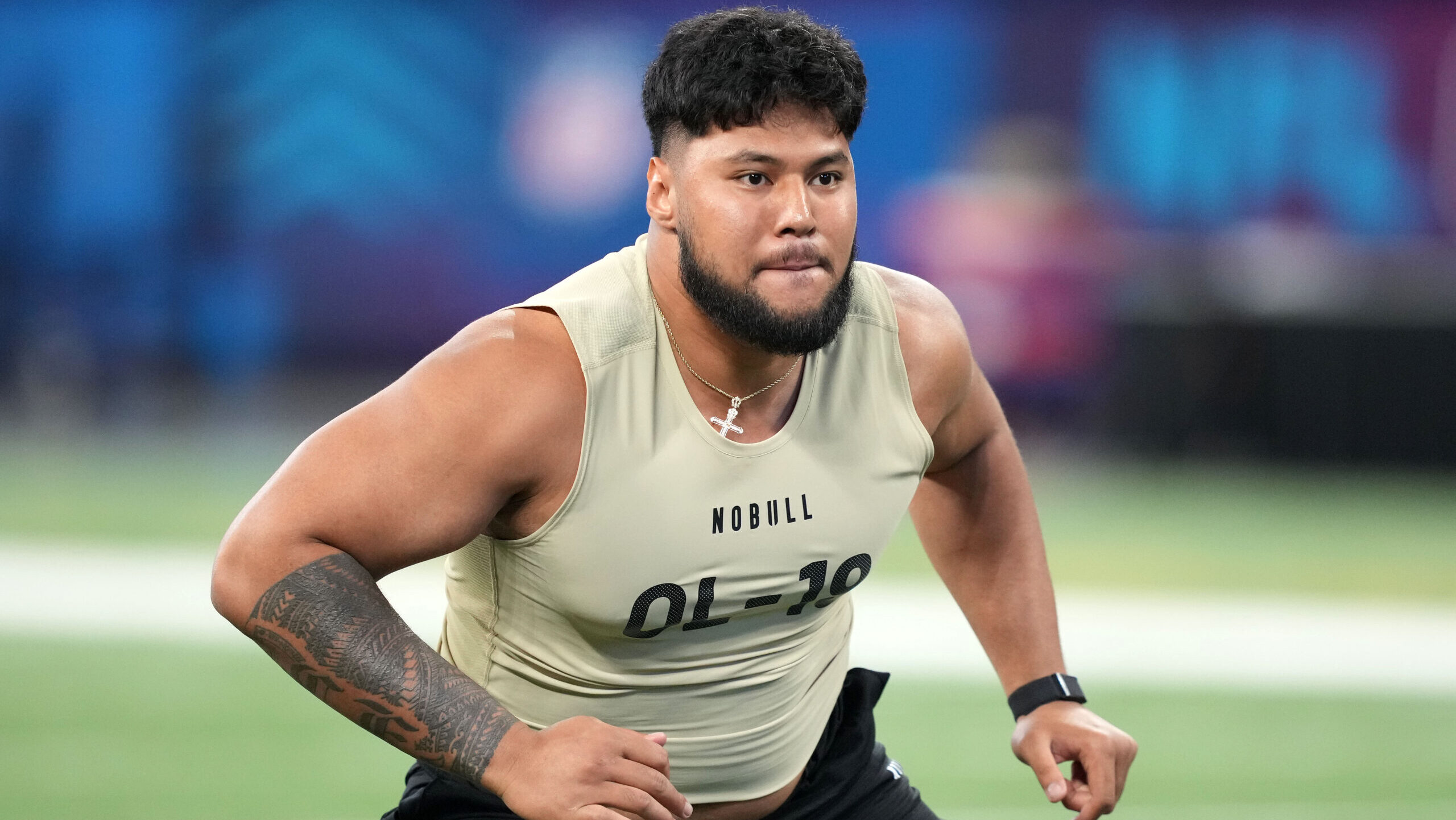Analysis
11/25/22
5 min read
What Will Be the Lasting Impact of the Tua Effect?
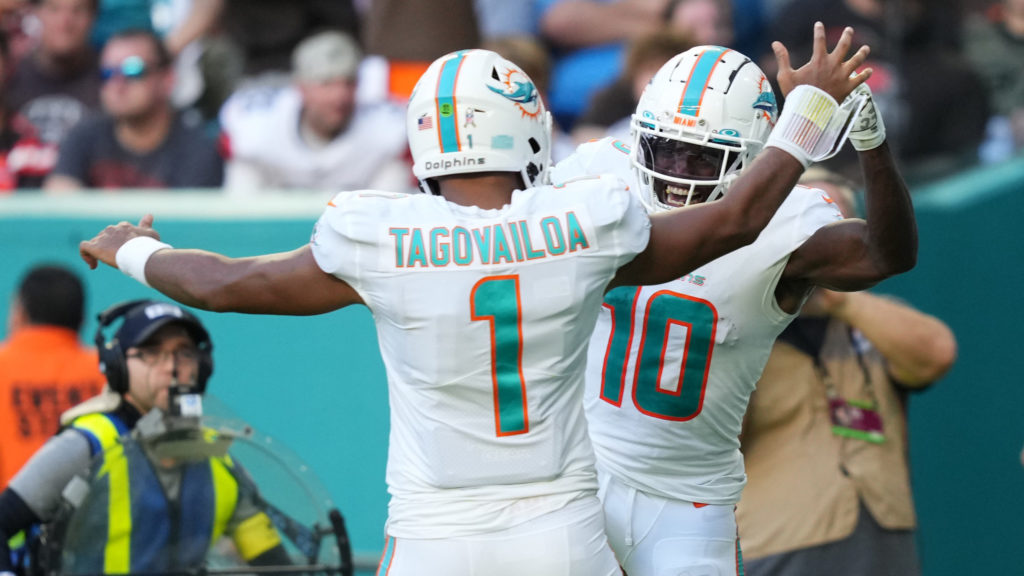
It was all the way back on Sept. 29 when Tua Tagovailoa was carted off the field after a scary head injury. Tagovailoa has missed a total of two weeks after being diagnosed with a concussion. However, he's been on fire since he's been back, leading his team to four consecutive victories. It can feel like a lifetime ago as the football season presses onward toward its conclusion. Furthermore, let’s dive into the return to play rate after a suspected neurological injury.
Heading into Week 6, we examined the return to play rates at the NCAA and NFL levels before and after Tagovailoa’s hospitalization. What followed Tagovailoa’s injury and exit on a national stage was constant media attention full of criticisms and debates regarding player safety and changes needed to the league’s Concussion Protocol.
On October 8, the NFL and the NFLPA agreed upon the changes to the protocol specifying that players will be unable to return if they demonstrated ataxia. Ataxia is a medical term used to describe impaired coordination. Based on the updated Protocol, NFL chief medical officer Dr. Allen Sills stated that Tagovailoa would have been unable to return the week prior against the Bills on September 25. An emphasis on a “conservative” approach will be the standard of care as it relates to a player’s return to the playing field.
We noticed that the first weekend following Tagovailoa’s hospitalization, Sept. 29 to Oct. 3, corresponded to the lowest return rates of the season at both NCAA and NFL levels. Let’s take another look to see how return to rate trends have fared since then.
As a reminder, our video scouts tag a suspected injury that will be reviewed by our injury analysts. Each event and the corresponding return rate included within this chart is not indicative of a confirmed concussion, but a reflection of an athlete that experienced head trauma and displayed an outward response visible by video review.
A few observations can be gleaned from the chart above. First, the return to play rate remains lower at the NFL level compared to the NCAA for each of the weeks following Tagovailoa’s injury, except for the week of football between the dates of Nov. 8-14.
Secondly, the NFL return to play rate has remained below 60% for all except for one week since Tagovailoa’s hospitalization on September 29, as opposed to the NCAA rates that have met that threshold only once within the same time span. Simply put, the NFL return to play rates have been less than 60% seven of the eight weeks since Tagovailoa’s injury compared to the one of eight weeks at the NCAA level within the same timeframe.
Although the Concussion Protocol has been modified at the NFL level as recently as October, the most recent update to the NCAA Concussion Safety Protocol Checklist document was last modified on March 23, 2022.
Is the same “conservative” approach being implemented at the collegiate level?
I believe it is a fair question. As someone who has been reviewing collegiate injury clips for the past two seasons, I find myself in awe observing a player’s return to the field after an impactful collision. For example, allow me to share an example from a game that occurred on Nov. 12, Week 11 of the college football season.
Temple’s Adonicas Sanders returned to the field the following series where he suffered an apparent right ankle injury and was absent from the lineup during Week 12. The reason behind Sanders’ absence has not been disclosed, and he is considered questionable heading into Week 13. There is no other evidence apart from video of the play to suggest that Sanders suffered a concussion. He very well may have not experienced one, but the question remains, would he have been allowed to return to the field the following series if this occurred and was witnessed during an NFL game?
Sanders appeared to temporarily lose consciousness and have difficulty lifting his head initially after the impact. He then reached and held his head, suggesting that he was feeling some type of effects following the collision. I wish this was the only example that I could speak of, but sadly at the collegiate level, I have seen too many instances of situations like this for me to be comfortable with.
In addition to the concerns regarding head injuries, ongoing research efforts are examining an apparent relationship between higher risk of lower body injuries following concussions. I do not know if Sanders’ apparent head injury and subsequent ankle injury are related, but it is a phenomenon that warrants further investigation.
As mentioned in our initial investigation, responsibility for player safety as it relates to head injuries is not solely placed on the medical staff but should include the athletes, the coaches, and the media. Unfortunately diagnosing a concussion is not a straightforward process, and each party can play a role to reduce the long-term effects of head injuries and other potential consequences. By no means is this an attack on the NCAA Concussion Protocol, but an effort to keep the conversation alive for further advancements to enhance player safety.
James Rodriguez PT, DPT contributed to this report.


